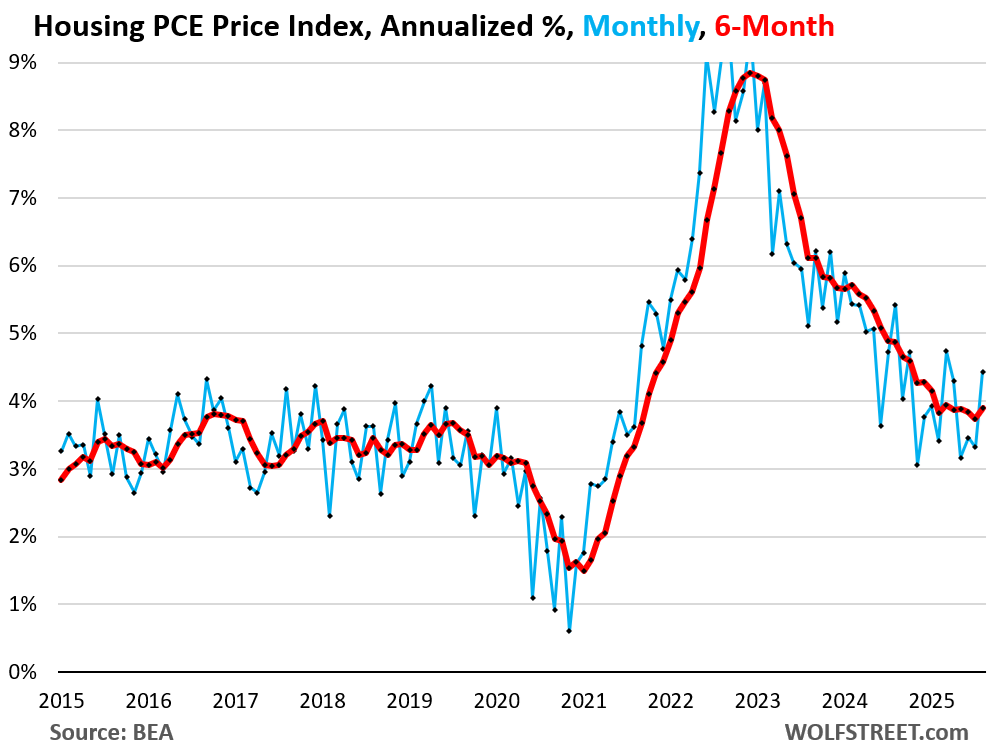- A group of Russian fraudsters created two pyramid schemes, called Recyclix and Juicy Fields, swindling victims out of €700 million.
- They rehearsed their scheme in Poland. At the height of their activity, they were featured in the media and even took photos with Polish president Andrzej Duda.
- After eight years of investigation, the Polish prosecutor’s office charged only a front man — and then let him go free.
- We later discovered that he became a GRU saboteur who sent out explosive devices that caused fires in Poland, Germany, and the UK.
- The first part of our investigation focuses on Recyclix. Click here to read the second part about the Juicy Fields pyramid scheme.
In April 2024, more than 400
police officers raided 38 locations across Europe and the Dominican
Republic on the same day. The operation, codenamed “Operation Stoner,”
was organized by Germany, Spain, and France, with support from Europol,
and involved law enforcement officers from 11 different countries.
Most of those arrested held
Eastern European passports. The most prominent among them, a Russian
named Sergei Berezin, was arrested in the Dominican Republic. Viktor
Bitner, a German citizen born in the USSR with ties to Russian
intelligence services, was arrested in Germany. Another Russian
accomplice, Nikolai Mikhailuk, was arrested in Lublin, Poland. The
Polish police later published a video showing the confiscated equipment —
laptops, memory sticks, and phones — as well as footage of Mikhailuk
being led from the Lublin police station to a car.
Along with six others, they
were suspected of organizing one of the largest scams in history: the
Juicy Fields financial pyramid scheme.
Three months later, in
July, a container of shipments caught fire at the airport in Leipzig,
Germany — the blaze broke out just before the shipments were to be
loaded onto a plane. The cause: one of the packages contained a
concealed incendiary device.
According to Wyborcza,
a day later, a similar shipment was activated in a truck near Warsaw.
The next day, another device was found at a DHL facility in Birmingham,
UK. A fourth device was intercepted by Poland’s Internal Security Agency
(ABW). The packages had been sent by Lithuanian citizen Aleksandr
Šuranovas, who was caught on CCTV wearing a T-shirt and shorts while
mailing the bombs from a DHL office in Lithuania.
The Lithuanian and Polish prosecutors claim that the parcels were sent on behalf of the Russian intelligence service GRU.
What connects the sender of the explosive parcels with the Russians
from Juicy Fields? Šuranovas is their man. A decade ago, his associates
set him up as the front man for the Polish company Recyclix, which
received money from an identical scam. The swindlers defrauded customers
of almost €40 million before disappearing.
What role does the Russian military intelligence service, the GRU,
play in all this? Who are the people behind Recyclix and Juicy Fields?
What connects them to Putin’s regime? How were they able to launch
another pyramid scheme even though the Polish prosecutor’s office had
them within reach? And how is it possible that money stolen from
customers was used to build a military drone factory near St.
Petersburg?
A Wagner Associate: Turning Against His Own
We have been tracking Šuranovas and his associates since October 2024. We established that the GRU saboteur and his colleagues from Russia quietly built and tested the Polish version of the Juicy Fields pyramid scheme. They named it Recyclix, after their Warsaw-based company. It was a trial run, a first attempt — and when things got hot, they disappeared with at least €39 million. Their next scam, Juicy Fields, was a pyramid scheme on steroids. This time, they stole almost €645 million from their victims.The reality we uncovered
behind the Recyclix and Juicy Fields gang is as dense and colorful as a
thief’s ballad. The action unfolds quickly, across several continents,
with exotic locations and colorful characters: expensive banquets on the
French Riviera, celebrities, private jets, promises of easy profits,
glitz, and luxury. Add to that fake aristocrats, medical marijuana, and —
as the icing on the cake — a warm embrace with the president of Poland.
We will cover Juicy Fields
in the next part of our investigation, but here’s a brief summary: in
2020, criminals from Russia (or with ties to Russia) created a platform
that lured investors with promises of profits from medical marijuana
cultivation. It promised sky-high returns to investors from around the
world.
In reality, Juicy Fields
never grew cannabis at all. The entire business, registered in Germany,
Switzerland, Portugal, and the Netherlands, was a pyramid scheme — a
scam in which investors’ profits were paid from the deposits of new
users until the scheme’s creators shut down the operation and vanished
to tropical islands.
The gang defrauded €645
million from 550,000 people, mainly Europeans. It stands as one of the
largest Ponzi schemes in recent years.
After the pyramid
collapsed and the criminals disappeared, investigators from Germany,
France, and Spain took up the case. Igor Kekszin, a repentant gang
member and former associate of the Wagner Group, revealed the real names
of the leaders to both investigators and journalists.
It was Kekszin who
disclosed that a few years earlier, the same group had created a nearly
identical pyramid scheme in Poland, using a waste management business
built around the Recyclix company to defraud investors.
Waste: Perhaps Worth Its Weight in Gold
In the spring of 2025, there is no trace of Recyclix; it has been removed from Polish registers.When it was founded a decade
ago, the idea sounded enticing: the company would buy used plastic
packaging, process it into valuable plastic granules, and resell it at a
profit. Most importantly, the profits would be shared with investors
through a crowdfunding model. The message was simple and appealing: even
small savers could make a fortune from recycling — as long as they kept
investing regularly and brought in new customers.
To share in the profits,
investors had to deposit a minimum of €20 (with an incentive: each new
investor received an additional €20 in virtual cash to use on the
platform). There was also a commission bonus for deposits made by
referred users.
The recycling profit game
took place entirely online. On recyclix.com, with just a few clicks, you
could buy several tons of plastic waste and then wait patiently for the
company to process it into granules within five weeks. No need to worry
about suppliers, sales, or efficiency — zero risk, pure income.
Where did the waste come
from? Where was it processed into granules? Who were the buyers? Could
you visit Recyclix factories — and if so, where? Customers didn’t ask
questions....




